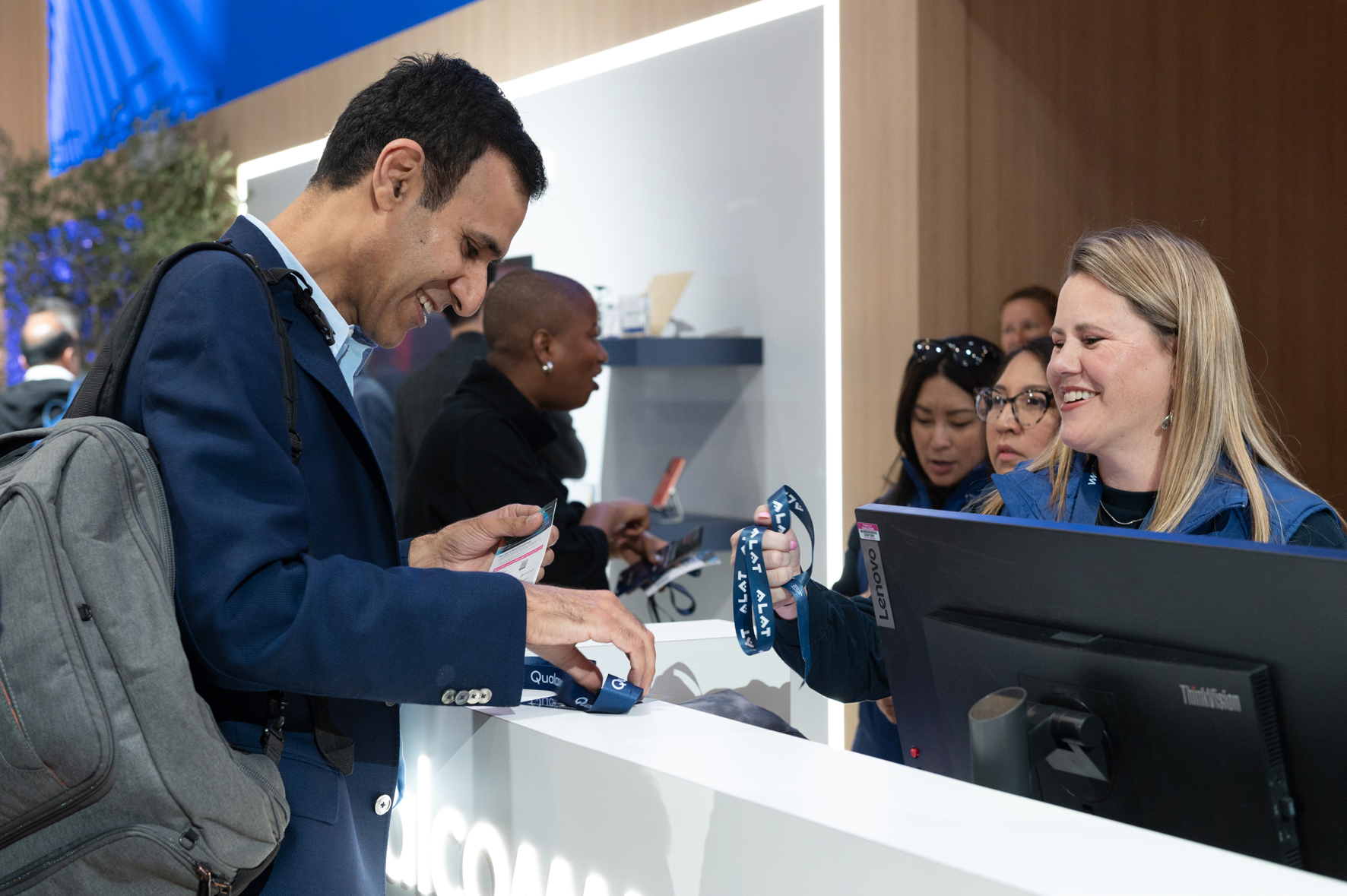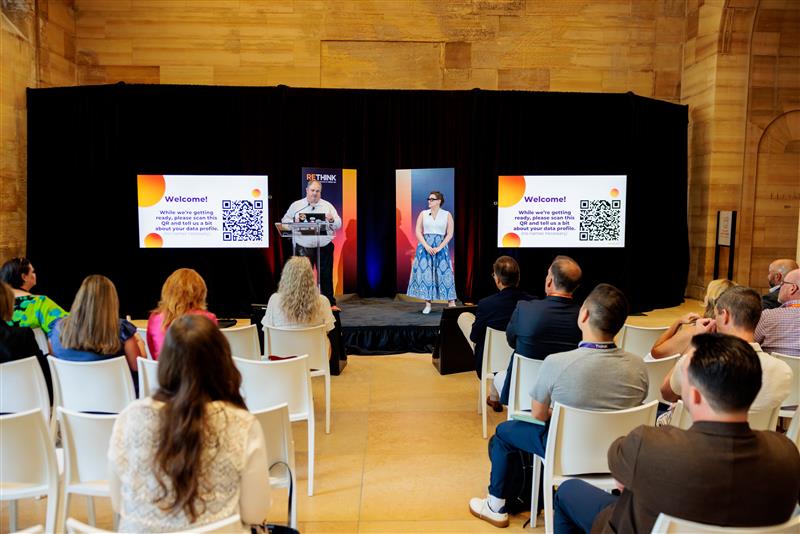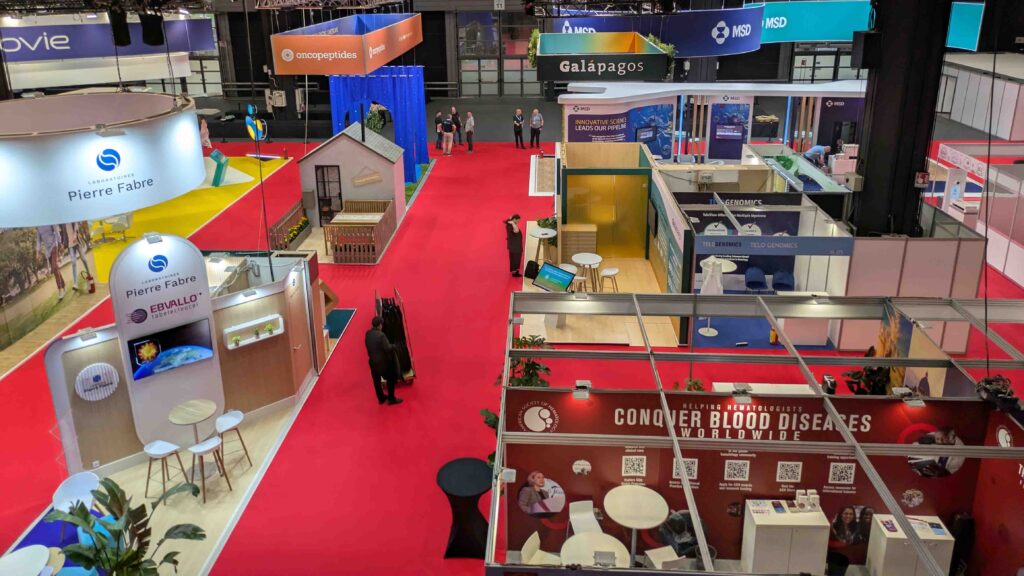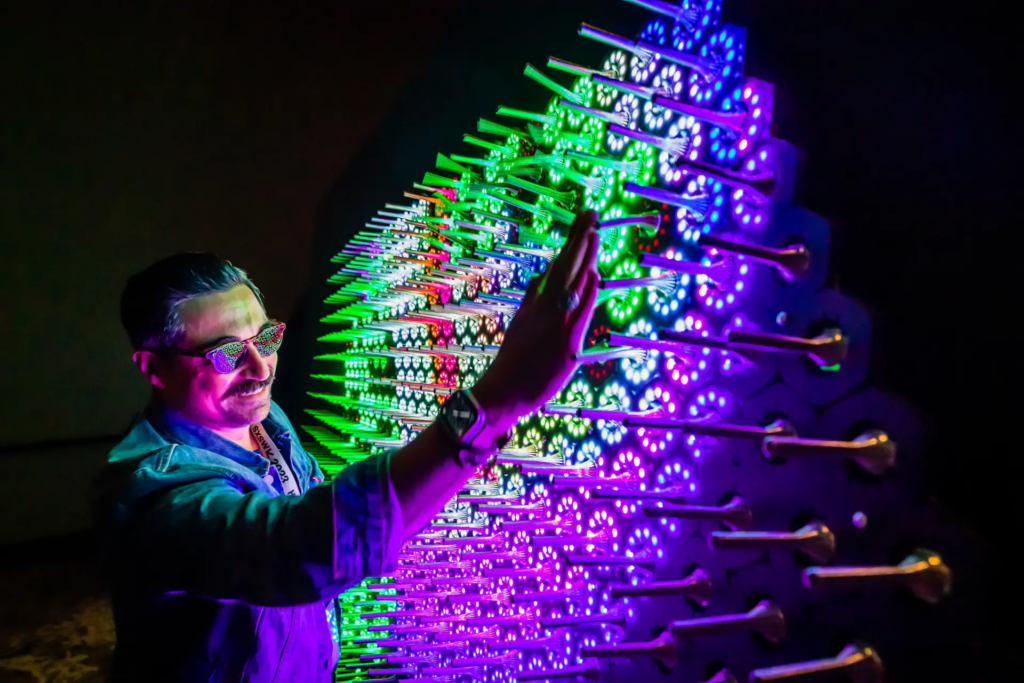Beyond the bling and the hype and the metrics and the ROI lies one fundamental truth: Everything is designed with, by, and for humans. So what if we developed and designed human-first experiences instead of business-first experiences? Or, better yet: what if the human-first experience enhanced the business goals and objectives by creating meaningful engagements that resonated on both a business and personal level?
Designing for business doesn’t exclude the personal and vice versa
The boundaries between work and personal continue to blur, and one often influences the other. In fact, taking time to listen and learn by simply watching how people behave can make your designs better. How? Consider this: back in the day, Walt Disney noticed there was a trash problem in the parks. So, he sat for a time and watched what people did. And he noticed that if people had to walk more than 30 steps to get to a trash can, the trash went on the ground. So, he had all the trash cans moved to within 30 steps of any given point. This accomplished 2 things:
- A better park experience for visitors as it made for a cleaner, safer environment that allowed them to immerse themselves in the experience
- More time for staff to interact with visitors and help them navigate the park, so they could be excited and engaged in the park experience rather than frustrated with wayfinding.
Meet basic needs
No matter how high-tech the event, the attendees need certain basic things: food and beverage, wi-fi that works, convenient seating, facility access. Inclusive design is another important piece to consider. Talk with employee resource groups, community groups, and other relevant stakeholders to find out what they need. Making sure you’ve got the basics covered will free up emotional space and remove stress so audiences have the cognitive bandwidth to pay attention to your products, your events, your sales pitch.
Why it matters: Meeting the psychological and social needs of your audience for comfort, safety, security, and ease puts them in the right mindframe to engage with you. It’s difficult to talk to someone about how great your brand is if they’ve spent 10 frustrating minutes trying to find your session because signage is unclear, or if they can’t get to your booth due to accessibility issues.
Use data to inform human-centered design
By combining insights from human behavior with data-driven next-best-action strategies, you can elevate the attendee experience to an entirely new level. For instance, using data such as session attendance, engagement patterns, and badge scans, you can create a truly personalized, curated event guide for each participant. This is where Agentic AI shines, acting as a personal event concierge that tailors recommendations, activities, experiences, and sessions based on each attendee’s unique interests and past behavior.
Why it matters: People attend in-person events to experience connection and find like-minded individuals. Taking data like bookmarked sessions, or events attended, or booths visited and creating a curated “top 10” list provides a way for your audience to engage meaningfully with the things they find most interesting or useful. It also gives you the opportunity to personalize experiences for your most promising prospects: for example, if an attendee visits a particular booth three times more than the average visitor, they could receive a personalized invite offering a dedicated shuttle from their hotel to the convention center, reducing wait times and helping them reach their destination faster and more conveniently.
Want to see how our humans can make your data work better for you?
Stay up to date on insights like these and upcoming thought leadership from Impact XM—sign up for our newsletter today.
And if you’re looking for a partner who knows how to connect attendee-first design with business objectives using psychology, sociology, and data, let’s start that conversation.






